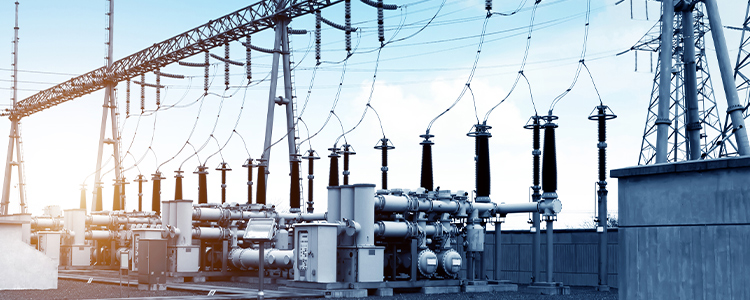- All
- Product Name
- Product Keyword
- Product Model
- Product Summary
- Product Description
- Multi Field Search


Views: 0 Author: Site Editor Publish Time: 2024-07-20 Origin: Site
Both dry type and oil-immersed transformers are critical components in power systems and are subject to various failure modes due to their complex operating conditions and environments. Understanding these failure modes is crucial for effective maintenance and risk mitigation.
Dry type transformers rely on air or solid insulation systems and are typically used in environments where oil-immersed transformers are impractical due to fire safety or environmental concerns.
· Overheating: Excessive temperature can degrade the insulation materials, leading to reduced dielectric strength and eventual failure.
· Moisture Ingress: Although dry type transformers are generally less susceptible to moisture, any exposure due to improper sealing or high humidity can degrade insulation.
· Short Circuits: Internal or external faults can cause short circuits within the windings or between turns, leading to overheating and insulation breakdown.
· Arcing: Poor connections or faults can cause arcing, damaging the windings and insulation.
· Loose Connections: Vibrations and thermal cycling can cause electrical connections to loosen over time, leading to arcing and localized overheating.
· Core and Winding Movements: Mechanical stresses can cause shifts in the core or windings, leading to insulation damage or electrical faults.
· Contamination: Dust and pollutants can accumulate on the surface of the transformer, impairing cooling and potentially causing tracking or surface discharge.
· Corrosion: In humid or corrosive environments, metal parts may corrode, leading to mechanical weakening and electrical faults.
Oil-immersed transformers use oil for insulation and cooling, making them vulnerable to a different set of failure modes compared to dry type transformers.
· Oil Quality Deterioration: Over time, oil can degrade due to thermal stress, contamination, or oxidation, leading to reduced insulation and cooling effectiveness.
· Moisture Contamination: Water ingress, often through leaks or condensation, can degrade both the oil and paper insulation, reducing dielectric strength.
· Short Circuits: Internal winding faults or external faults can cause short circuits, leading to high currents and potential transformer failure.
· Partial Discharge: Small electrical discharges within the insulation system can occur due to imperfections, leading to gradual degradation.
· Core and Coil Displacement: Mechanical shocks or stresses from electrical faults can displace the core or coils, leading to insulation damage and potential electrical faults.
· Tank Deformation: Pressure buildup due to internal faults or thermal expansion can cause deformation or rupture of the transformer tank.
· Oil Leaks: Leaks from the tank, radiators, or seals can reduce oil levels, impair cooling, and potentially expose windings to air, leading to overheating.
· Cooling System Blockages: Blockages in radiators or cooling systems can impede oil flow, causing overheating and reduced transformer performance.
· Buchholz Relay Malfunction: This gas-operated relay detects gas accumulation due to internal faults. Failure to operate correctly can delay fault detection.
· Pressure Relief Device Failure: These devices are designed to relieve excessive pressure. Failure can lead to tank rupture or other catastrophic outcomes.
· Corrosion: Moisture or pollutants can corrode metal parts, leading to structural weakening and potential electrical faults.
· Temperature Extremes: Extreme temperatures can affect oil viscosity and insulation properties, leading to performance issues or failures.
Aspect | Dry Type Transformers | Oil-Immersed Transformers |
Insulation Degradation | Overheating, moisture ingress | Oil degradation, moisture contamination |
Electrical Faults | Short circuits, arcing | Short circuits, partial discharge |
Mechanical Failures | Loose connections, core and winding movements | Core and coil displacement, tank deformation |
Cooling System Failures | Not applicable | Oil leaks, cooling system blockages |
Protection Device Failures | Generally fewer devices | Buchholz relay malfunction, pressure relief device failure |
Environmental Effects | Dust contamination, corrosion | Corrosion, temperature extremes |
Understanding the common failure modes of both dry type and oil-immersed transformers is crucial for implementing effective maintenance strategies and risk mitigation measures. Regular inspections, monitoring, and proactive maintenance can significantly reduce the likelihood of failures and extend the operational lifespan of transformers. For specific maintenance practices and detailed guidelines tailored to your transformer type, please refer to the manufacturer’s recommendations and industry best practices.
content is empty!
content is empty!